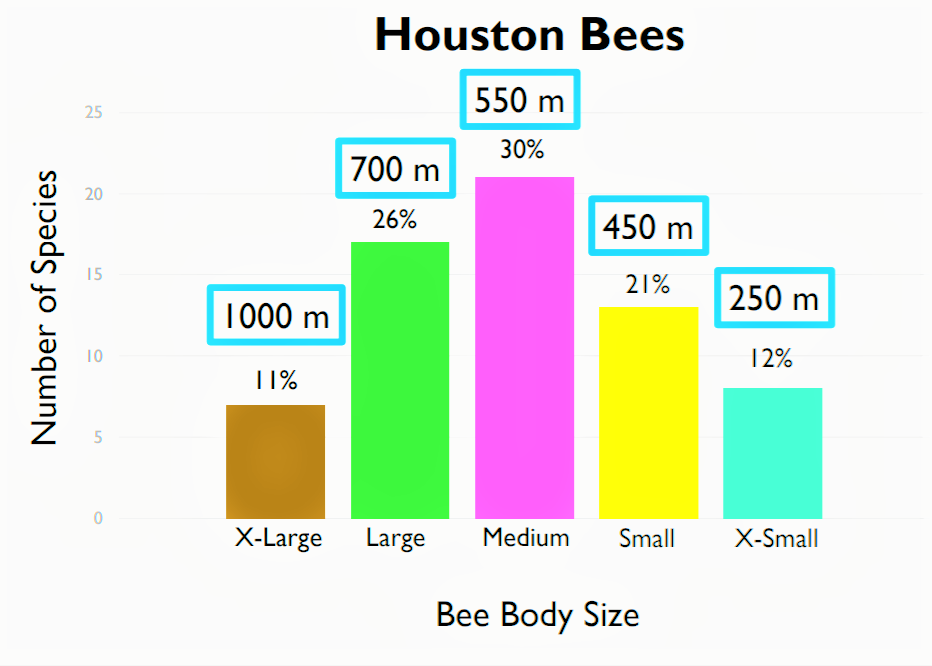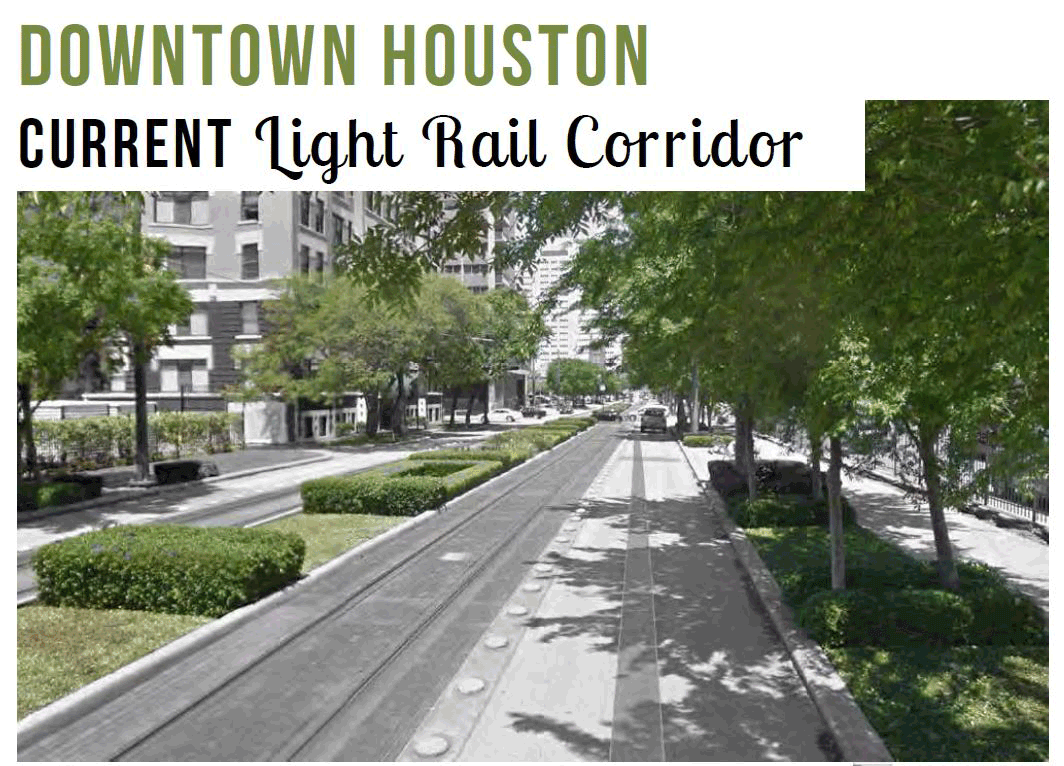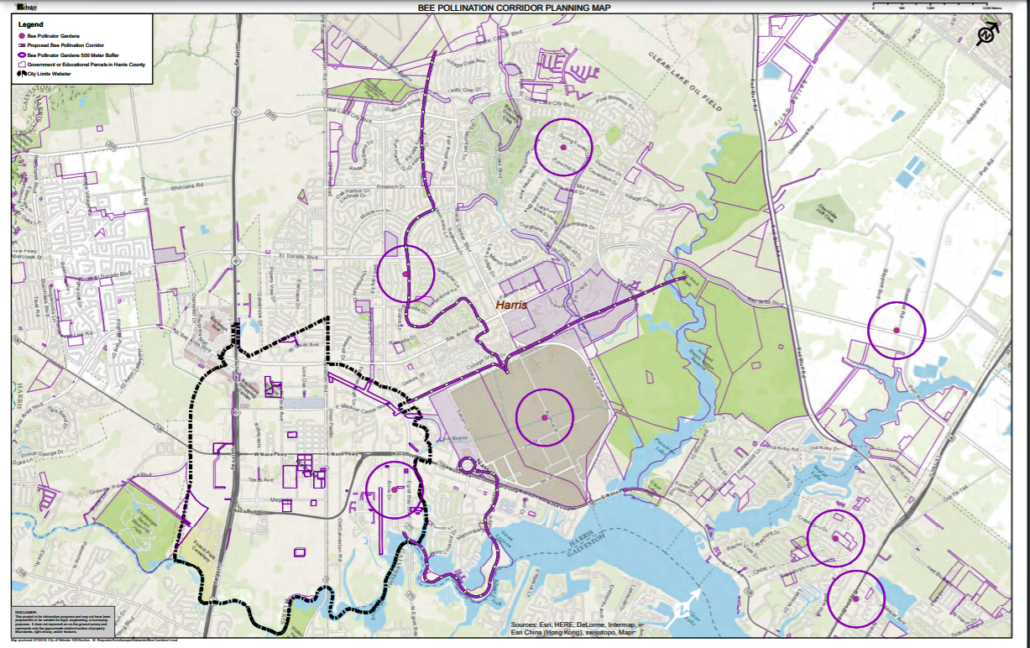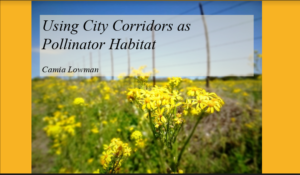Pollinator pathways, flyways, corridors, and prairies
People across the globe are creating pollinator pathways to help pollinators navigate between urban and rural environments as they forage.

Bee size determines how far they can forage before needing more food. The graph shows percentage of bees in Houston based on body size and the distance they usually fly to forage. Small species can go about 200 yards, and large bees as far as a mile.
You can start a pollinator pathway, or connect to one. To participate, the landscape or garden design must support pollinators with a diversity of flowering plants and using pollinator-friendly landscape management practices.
Examples of local pollinator pathways
Some examples of regional pollinator pathway projects include: the Katy Prairie Conservancy Pocket Prairie; the Houston Zoo Prairie Pollinator Pathway; and the Houston Wilderness Texas Monarch Flyway Strategy.
The Monarch Highway runs along the I-35 corridor, which is part of the central monarch migration flyway through 5 states, Texas, Oklahoma, Kansas, Missouri, Iowa, and Minnesota!
Cities can help pollinators
Cities may be the key to help save bees!
Cities are in a unique position to create a safe haven for pollinators. Bee species diversity and abundance is actually GREATER in cities than in surrounding rural areas. (Baldock et al, 2015) (Sirohi et al, 2015) (M’Gonigle et al, 2015). The Nature Of Cities.
Cities can help pollinators by modifying their landscape maintenance habits:
- provide food year-round with diverse plants that flower in each season
- provide nesting areas with bare ground (no mulch) or soft wood to live in
- provide wildlife habitat for pollination and pest control
- use less toxic or organic pesticide alternatives
In return, cities and citizens benefit:
- improve drainage, reduce soil erosion
- improve water and air quality
- reduce air pollution and urban heat island effect
- improve noise, environment buffers along corridors
Underused land types that could be converted to pollinator flyways:
- Vacant Lots, Alleys
- Roadside Strips, Medians, Berms
- Surface Parking Lots
- Residential Lawns
- Commercial Property
- Municipal Property, Community Greenspaces
- Rooftop Spaces
The image shows how the Houston Light Rail corridor can be transformed into a pollinator corridor. Landscape architect Danielle Bilot’s design helps city pollinators, is adaptable, and includes a variety of plots for year-round food foraging: 15-18 sq.ft. per plot; 80% for foraging; and 20% for nesting (75% ground, 25% wood).
The image shows a proposed pollinator corridor by the City Of Webster. The City Planner contacted HoustonNativeBees for design ideas along the city’s bike/running path. The idea grew from having one isolated pollinator garden, to inter-connected pollinator-friendly landscaping along the entire bike path. Citizens were able to connect their gardens, too. Then representatives from Johnson Space Center expressed interest in connecting, as well as surrounding communities, public and private organizations, and even businesses. What a great response!
Presentation to Houston-Galveston Area Council, Parks and Natural Areas Subcommittee, and City of Webster, on adding pollinator gardens to planned bike paths.




